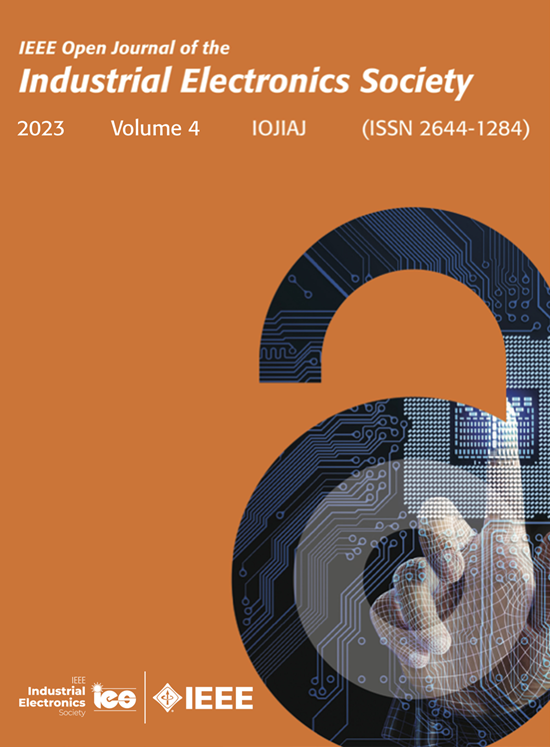自动合成循环神经元,从数控机床操作员身上进行模仿学习
IF 5.2
Q1 ENGINEERING, ELECTRICAL & ELECTRONIC
IEEE Open Journal of the Industrial Electronics Society
Pub Date : 2024-02-07
DOI:10.1109/OJIES.2024.3363500
引用次数: 0
摘要
在工业环境中分析时间序列数据需要领域知识和计算机科学专业知识来开发有效的算法。AutoML 方法旨在实现这一过程的自动化,减少人为偏差,提高准确性和成本效益。本文采用进化算法合成针对特定数据集优化的递归神经元。这为针对神经元内部结构的 AutoML 框架又增加了一层。我们为工业数控机床开发了一个模仿学习控制系统,以提高操作员的工作效率。我们特别研究了两个记录的操作员操作:调整线性进给率和主轴速度的啮合率。我们将进化神经元的性能与支持向量机和四种常用于时间序列数据的成熟神经网络模型进行了比较:简单递归神经网络、长短期记忆、独立递归神经网络和变压器。结果表明,通过进化方法进化出来的神经元比 LSTM 的语法复杂度低,误差率也比其他网络低。第一个操作动作的错误率降低了 270%,第二个操作动作的错误率降低了 20%。我们还证明,我们的进化算法能够创建跳过连接和门控机制,以适应我们数据集的具体特点。本文章由计算机程序翻译,如有差异,请以英文原文为准。
Automatic Synthesis of Recurrent Neurons for Imitation Learning From CNC Machine Operators
Analyzing time series data in industrial settings demands domain knowledge and computer science expertise to develop effective algorithms. AutoML approaches aim to automate this process, reducing human bias and improving accuracy and cost-effectiveness. This article applies an evolutionary algorithm to synthesize recurrent neurons optimized for specific datasets. This adds another layer to the AutoML framework, targeting the internal structure of neurons. We developed an imitation learning control system for an industry CNC machine to enhance operators' productivity. We specifically examine two recorded operator actions: adjusting the engagement rates for linear feed rate and spindle velocity. We compare the performance of our evolved neurons with support vector machine and four well-established neural network models commonly used for time series data: simple recurrent neural networks, long-short-term-memory, independently recurrent neural networks, and transformers. The results demonstrate that the neurons evolved via the evolutionary approach exhibit lower syntactic complexity than LSTMs and achieve lower error rates than other networks. They yield error rates 270% lower for the first operation action, while the error rates are 20% lower for the second action. We also show that our evolutionary algorithm is capable of creating skip-connections and gating mechanisms adapted to the specific characteristics of our dataset.
求助全文
通过发布文献求助,成功后即可免费获取论文全文。
去求助
来源期刊

IEEE Open Journal of the Industrial Electronics Society
ENGINEERING, ELECTRICAL & ELECTRONIC-
CiteScore
10.80
自引率
2.40%
发文量
33
审稿时长
12 weeks
期刊介绍:
The IEEE Open Journal of the Industrial Electronics Society is dedicated to advancing information-intensive, knowledge-based automation, and digitalization, aiming to enhance various industrial and infrastructural ecosystems including energy, mobility, health, and home/building infrastructure. Encompassing a range of techniques leveraging data and information acquisition, analysis, manipulation, and distribution, the journal strives to achieve greater flexibility, efficiency, effectiveness, reliability, and security within digitalized and networked environments.
Our scope provides a platform for discourse and dissemination of the latest developments in numerous research and innovation areas. These include electrical components and systems, smart grids, industrial cyber-physical systems, motion control, robotics and mechatronics, sensors and actuators, factory and building communication and automation, industrial digitalization, flexible and reconfigurable manufacturing, assistant systems, industrial applications of artificial intelligence and data science, as well as the implementation of machine learning, artificial neural networks, and fuzzy logic. Additionally, we explore human factors in digitalized and networked ecosystems. Join us in exploring and shaping the future of industrial electronics and digitalization.
 求助内容:
求助内容: 应助结果提醒方式:
应助结果提醒方式:


